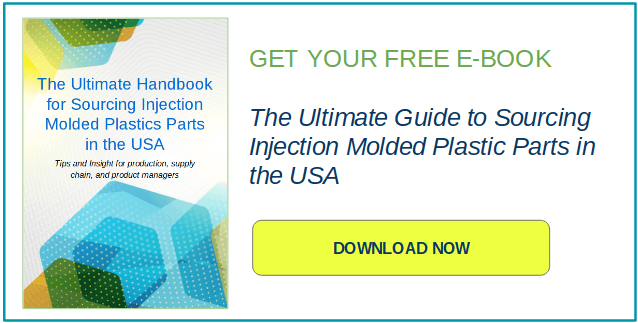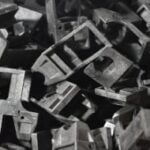Custom injection molding is one of the most important facets of plastics production.
Plastic injection molding is considered to be among the oldest methods of manufacturing plastics. It’s the process that creates thermoplastic and thermosetting plastic supplies.
These are the materials often used in big industries like medicine and automotive.
The core idea of the process is to place molten liquid plastic straight into a prepared mold of whatever shape the custom plastic needs to be.
For instance, a mold of a round container. After the cooling process, the mold will be removed and voila, you have a custom-made circular plastic container.
4 things you need to know about plastic injection molding
The Process
Plastic injection molding is aptly named as the process requires the manufacturer to inject the material in liquid form into a mold. It starts by heating small pellets of material until they turn into molten liquid.
The heating temperature is often between 200 to 400 degrees Celsius. The hot, pliable liquid is then transferred into a mold using a nozzle to create a specific design or shape.
Once the molten parts have completely cooled, they are removed from the mold using ejector pins.
The Price
Custom injection molding is one of the most widely used methods of
plastic parts manufacturers because it’s fairly priced while producing a vast quantity of materials.
Injection molding is typically fully automated, and so they have a high rate of output.
Mass-produced products are often budget-friendly, too.
The Lingo
Plastic injection molding has its own lingo. To keep up with shop talk, remember these terms:
- Cavity – is the hollowed space in the mold. It’s where the hot material is injected to create a custom part.
- Flash – is the excess plastic that oozes outside the mold.
- Gate – is the place where the hot material enters the mold.
- Runner – is the channel or waterway for plastic to go from the molding machine to the gate.
- Sprue – is the channel of the waterway that connects the runner to the nozzle of the molding machine.
- Shear – is the force created that induces heat when resin layers rub together during plastic injection mold process.
- Vestige – is the residual material that oozes from the gate; a machine operator can manually or automatically cut it.
The Details
Plastic parts produced from mold are highly detailed. Typically, a manufacturer works with an engineering design team to create the designs on the mold.
When the design is done, there may be some finishing work to do to ensure high quality. But with the right manufacturer, the products will come out looking detailed and polished.





